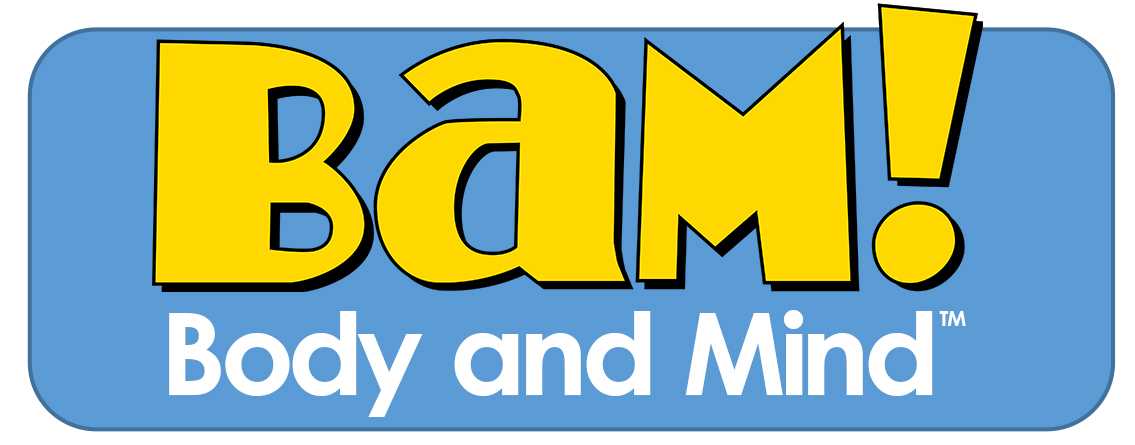How to Build a Training Cadre: A Step-by-Step Process

If you are looking to maximize your professional development (PD) knowledge, skills, and resources and further your organization’s reach, consider building a training cadre.
Building a training cadre is a key component of PD. This toolkit explains the need for a training cadre to sustain an organization’s professional development goals and involves four phases:
A separate page is provided for each phase of the cadre-building process. Within each page is a detailed explanation of the phase, along with supporting resources that you can download.
ca·dre
Noun. A diverse group of professionals with a common vision and mission that supports sustainability of a professional development infrastructure within organizations.
For more definitions, review the Glossary of Terms for Training Cadres [PDF – 134K].
Why Build a Training Cadre?
Building a training cadre is an important way to sustain a
professional development infrastructure and will help
- Build an organization’s capacity to deliver knowledge and skills to staff.
- Leverage resources throughout the organization.
- Sustain efforts by having the ability to inform and train others on specific
content.
Your initial tasks in building your cadre are to develop a structured process
to
- Establish a purpose that will unify your team members.
- Ensure each person on your team understands his or her role and the
overarching purpose of the team.
A structured process for forming a cadre is critical to establish criteria
for cadre membership.
What Makes a Strong Training Cadre?
Examples of Cadre Members
- Administrators
- Organizational staff
- Partner representatives
A strong training cadre is made up of
- An effective leader.
- A diverse, well-rounded group of individuals.
- Demographics that represent your geographic region.
- The right mixture of job functions to address your organization’s needs.
Tasks for the cadre leader are outlined in the
Training Cadre Leader Responsibilities [PDF – 144 KB].
Identify Barriers and Solutions
Consider asking yourself and colleagues
- What are barriers to establishing a training cadre in your area?
- What can be done to overcome these barriers?
To make the most of your experience with this toolkit
- Familiarize yourself with the process of forming a training cadre.
- Review each step of the process and note important resources that you might like to use.
- Consider any barriers to effectively accomplish the steps in the process and consider potential solutions.
- Return to this toolkit to identify potentially useful tools and resources as you implement each step.
Resources for this Section
- CDC Professional Development Practices [PDF – 506 KB]
- Glossary of Terms for Training Cadres [PDF – 116 KB]
- Professional Development Practices Inventory [PDF – 678 KB]
- Training Cadre Leader Responsibilities [PDF – 144 KB]
- Training Cadre Selection Tips [DOC – 46 KB]
- Understanding Professional Development [PDF – 113 KB]
- Understanding the Training of Trainers Model [PDF – 712 KB]
The Centers for Disease Control and Prevention, Division of Population Health, School Health Branch, acknowledges the following individuals for their subject matter expertise and assistance in the development of the Training Cadre Resource toolkit:
- Stephane McKissick, CDC
- Holly Alperin, University of New Hampshire
- Kate Holmes, Louisiana Department of Health, Office of Public Health
- Lisa Rakoz, Washington State Office of Superintendent of Public Instruction
- Page last reviewed: September 29, 2016
- Page last updated: September 29, 2016
- Content source:



 ShareCompartir
ShareCompartir